
Exploring Tissue Engineering’s Role in Regenerative Medicine
Tissue engineering is an emerging field within regenerative medicine that seeks to repair or regenerate damaged tissues using principles from biology, engineering, and materials science. Stemedix, a prominent provider of regenerative medicine in Saint Petersburg, Florida, incorporates these advancements into personalized treatments designed to enhance patients’ quality of life.
Tissue engineering relies on key components such as biomaterials, cellular therapies (including stem cells), and growth factors to develop treatments for a variety of conditions, including orthopedic injuries and neurodegenerative disorders. This specialized field of medicine enhances the body’s natural healing processes, offering tailored solutions based on individual patient needs. In this article, we will explore the critical role of tissue engineering in regenerative medicine, its current applications, and how Stemedix is bringing this innovative science to life for patients in Saint Petersburg and beyond.
Understanding Tissue Engineering in Regenerative Medicine
What Is Tissue Engineering?
Tissue engineering is a vital aspect of regenerative medicine, focused on creating functional tissues to repair or replace damaged biological structures. This interdisciplinary field merges biology, engineering, and medicine to create systems that support tissue regeneration and repair within the body. Central to this process are key components: cells, scaffolds, and growth factors, working in unison to support and enhance the body’s natural healing capabilities.
Tissue engineering aims to create tissues that closely replicate the structure and function of natural tissues, thereby supporting the body’s ability to heal itself. Engineered tissues are created using stem cells, various cell types, biocompatible scaffolds, and signaling molecules that promote cell growth, differentiation, and tissue regeneration.
From its initial focus on skin and cartilage repair, tissue engineering has evolved to address complex tissues like bone, nerve, and heart structures, representing significant advancements in regenerative medicine’s potential to improve lives.
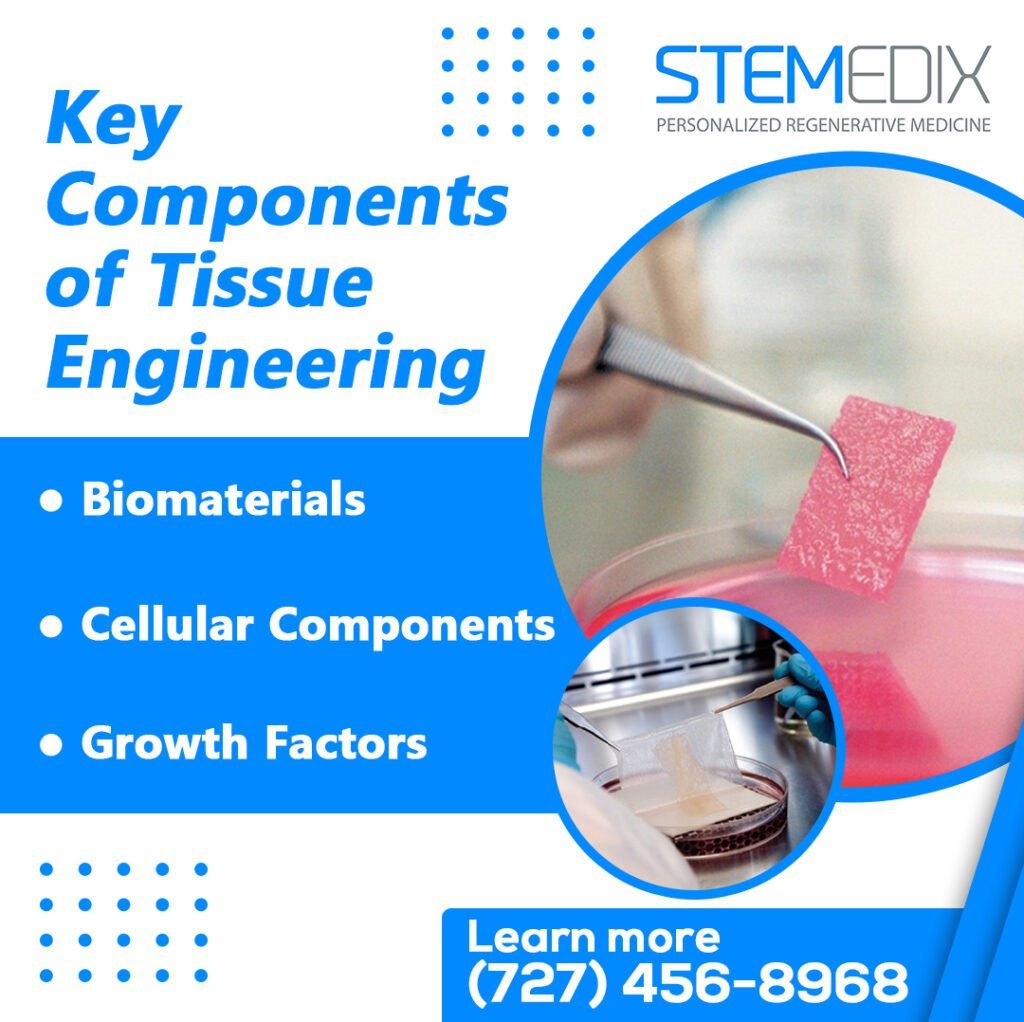
How Tissue Engineering Supports Regenerative Medicine
Tissue engineering is central to regenerative medicine by enhancing the body’s ability to heal itself. When tissue damage is severe or chronic, the body’s natural healing processes may fall short. Tissue engineering addresses this challenge by providing essential components for the repair, regeneration, or replacement of damaged tissues.
A cornerstone of this approach involves biomaterials, such as scaffolds, which act as frameworks for cellular growth and tissue organization. Scaffolds replicate the body’s extracellular matrix (ECM), providing both structural and biochemical cues to guide cell growth, differentiation, and tissue development.
Tissue engineering has already made significant strides in treating orthopedic conditions, including cartilage and bone repair. It is also being explored for nerve regeneration, including spinal cord injuries. By leveraging patient-specific cells, these therapies are not only personalized but also reduce the risk of rejection, offering a seamless integration into the body for sustainable and effective healing.
At Stemedix, we apply tissue engineering techniques in our regenerative medicine treatments, supporting patients in Saint Petersburg and beyond on their recovery journey. By focusing on personalized care and applying research-driven approaches, we aim to assist patients in improving function and managing pain. Our team is dedicated to offering clear guidance and support throughout the healing process, working with each individual to find the most appropriate path for their unique needs.
Key Components of Tissue Engineering
Tissue engineering is at the heart of regenerative medicine, combining the expertise of biologists, engineers, and medical professionals to repair and regenerate damaged tissues. To understand how tissue engineering works, it’s important to break down its key components—biomaterials, cellular components, and growth factors. Each plays a crucial role in facilitating the healing process and promoting tissue regeneration.
Biomaterials: The Building Blocks of Tissue Engineering
Biomaterials play a pivotal role in tissue engineering, serving as essential building blocks for supporting the body’s natural healing processes. In regenerative medicine, these materials are utilized to construct scaffolds that provide structural support for tissue regeneration. Acting as a framework, scaffolds enable cells to attach, grow, and differentiate into specific tissue types.
Biomaterials are broadly categorized into natural and synthetic types. Natural biomaterials, such as collagen and hyaluronic acid, are derived from biological sources and integrate seamlessly with the body’s tissues due to their high biocompatibility. Synthetic biomaterials, like engineered polymers, offer customizable properties such as strength, flexibility, and controlled degradation, making them ideal for various tissue regeneration needs.
Beyond structural support, biomaterials replicate the extracellular matrix (ECM), a natural cellular environment crucial for guiding tissue growth and function. By mimicking the ECM, biomaterials ensure proper cell behavior, aiding in the formation of functional, healthy tissues.
Cellular Components: Fueling Regeneration
Cellular components are the driving force behind tissue regeneration, making them indispensable in regenerative medicine. Stem cells, in particular, are vital due to their unique ability to transform into various cell types depending on the specific tissue needing repair. These cells can be sourced from the patient’s own body (autologous stem cells), minimizing immune rejection, or from donor tissues (allogeneic stem cells). Both options are key to tailoring treatments for individual needs.
In addition to stem cells, progenitor cells also play a significant role in tissue engineering. These more specialized cells retain the ability to develop into specific tissue types, such as cartilage, bone, or even neural tissues. Sourcing and cultivating these cells involves advanced techniques. Some are collected directly from the patient, offering a personalized approach, while others are expanded in laboratories to ensure sufficient quantities for treatment. Combined with biomaterials, these cells form scaffolds that support effective tissue regeneration.
Growth Factors: Catalysts for Tissue Development
Growth factors are essential signaling molecules that regulate cellular processes, such as cell growth, differentiation, migration, and tissue remodeling, which are critical for tissue regeneration. These signaling molecules also play a pivotal role in angiogenesis (the formation of new blood vessels) and tissue remodeling, ensuring proper healing and restoration.
In regenerative medicine, growth factors are either directly applied to injured areas or integrated into biomaterials within tissue scaffolds. This approach enhances the body’s natural healing mechanisms, guiding cells to the injury site and promoting accurate tissue formation.
Key examples include vascular endothelial growth factor (VEGF), which supports blood vessel formation; platelet-derived growth factor (PDGF), critical for wound healing; and transforming growth factor-beta (TGF-β), which aids in tissue repair. When combined with stem cells and biomaterials, these growth factors create a synergistic effect, improving the effectiveness of regenerative medicine treatments and fostering comprehensive tissue repair.
Together, these three components—biomaterials, cellular elements, and growth factors—form the foundation of tissue engineering in regenerative medicine. As we continue to develop and refine these technologies, their role in healing and recovery will only expand, providing new hope and opportunities for patients seeking alternative treatment options.
Current Applications in Regenerative Medicine
Regenerative medicine, powered by tissue engineering, is advancing rapidly, offering new methods to repair and regenerate tissues previously considered irreparable. This breakthrough science has numerous applications across various medical fields, including orthopedics, organ and tissue replacement, and neurodegenerative conditions. Below, we explore some of the most significant advancements in regenerative medicine and how they are impacting patient care.
Advancements in Orthopedics
Orthopedic conditions affecting the musculoskeletal system are among the most common areas where regenerative medicine is making significant progress. Cartilage, bones, and tendons are vital structures that can suffer from degeneration or injury, leading to chronic pain and disability. Regenerative medicine treatments, such as stem cell therapy and tissue engineering, are providing innovative solutions to repair and regenerate these tissues.
In orthopedic applications, stem cells are used to promote healing in damaged cartilage and bone, offering the potential for repairing joint injuries, fractures, and degenerative conditions like osteoarthritis. Biomaterials, often used as scaffolds, provide the structural support needed for new tissue to grow, while growth factors stimulate the healing process. For example, stem cells derived from the patient’s own body are applied to injured areas, where they can differentiate into the required cell types, promoting faster and more efficient healing. These advancements in orthopedics help patients recover faster, with fewer complications and less reliance on invasive surgeries.
Innovations in Organ and Tissue Replacement
A promising area of tissue engineering in regenerative medicine is the development of engineered tissues to replace damaged or failing organs. Traditional organ transplantation faces significant challenges, including organ shortages, immune rejection, and long waiting times. Tissue engineering aims to overcome these barriers by developing engineered tissues that can perform the functions of organs like the liver, heart, and kidneys.
For example, regenerative medicine approaches are being tested to create functional liver tissue from stem cells, offering potential treatment options for patients with liver failure. Similarly, engineered cardiac tissue could be used to repair heart damage caused by disease or injury, and advances in kidney regeneration are showing promise for individuals suffering from kidney disease. Through these innovations, the need for organ donations could be reduced, and patients could experience faster recovery times with improved long-term outcomes.
Impact on Neurodegenerative Conditions
Neurodegenerative conditions, such as Alzheimer’s disease, Parkinson’s disease, and spinal cord injuries, present some of the most complex medical challenges. However, tissue engineering and regenerative medicine are offering new hope for patients affected by these conditions. One of the most promising areas of research involves using stem cells and engineered tissues to repair spinal cord injuries and promote brain cell regeneration.
Stem cells have the potential to differentiate into various types of neural cells, which can help repair damaged nerve tissue in the brain and spinal cord. Researchers are also exploring how to stimulate the growth of new neurons in areas of the brain affected by neurodegenerative diseases. Integrating tissue engineering with stem cell therapy holds promise for restoring lost function in the nervous system, offering new treatment options for patients with neurodegenerative diseases or spinal cord injuries.
Regenerative medicine is opening doors to innovative solutions that address some of the most challenging medical conditions. From orthopedic injuries to tissue replacement and neurodegenerative diseases, the potential applications of tissue engineering are vast and continue to expand. At Stemedix, we are proud to be at the forefront of this field, offering advanced treatments that aim to restore health and potentially improve the quality of life for our patients. Through personalized care and the latest advancements in regenerative medicine, we are committed to making a meaningful difference in your health journey.
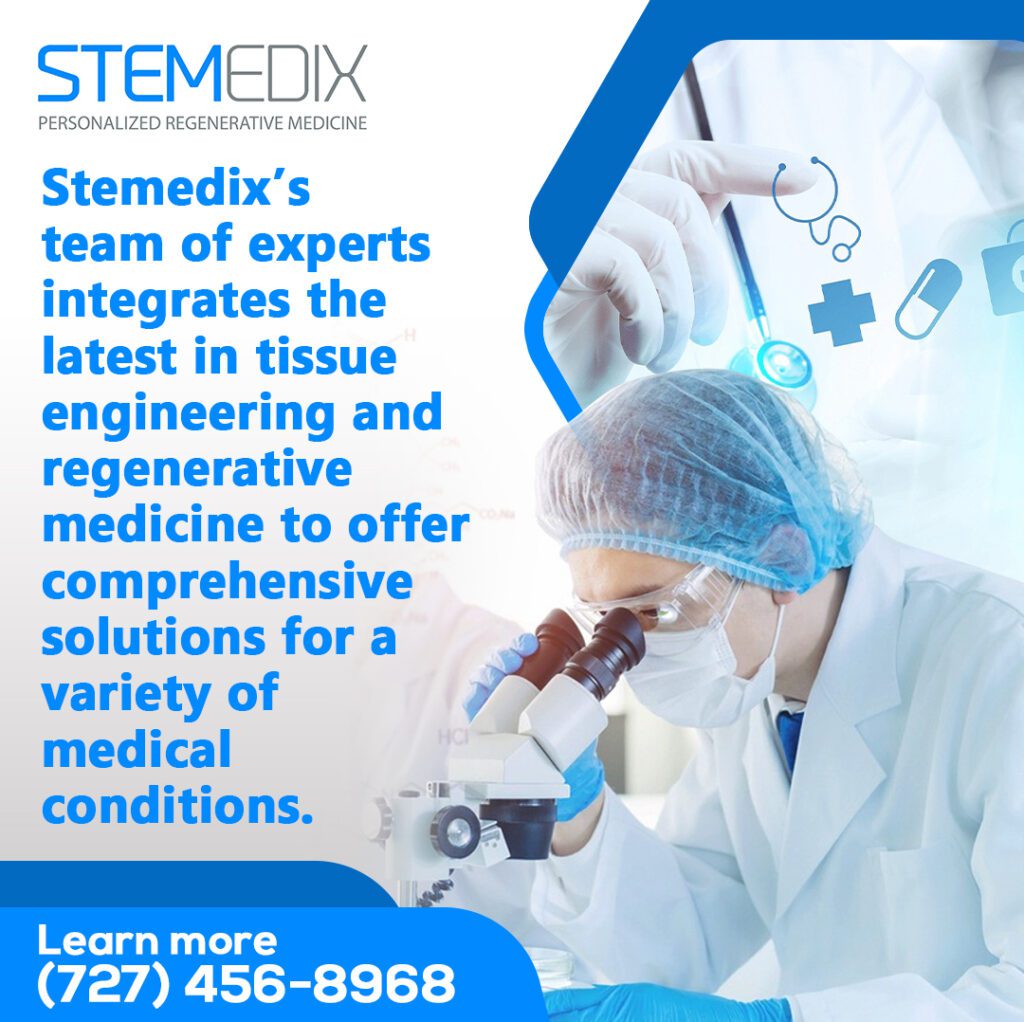
How Stemedix Advances Regenerative Medicine in Saint Petersburg
As a leader in regenerative medicine in Saint Petersburg, Stemedix is at the forefront of providing innovative therapies that promote healing and improve patients’ quality of life. Our commitment to advancing tissue engineering and regenerative medicine has positioned us as a trusted provider in the region. Through a personalized, patient-centered approach, we utilize pioneering treatments that are scientifically proven to restore function and reduce symptoms of various medical conditions. Let’s explore how Stemedix is advancing regenerative medicine in Saint Petersburg and how these treatments are making a meaningful impact on patients’ lives.
Stemedix’s Approach to Regenerative Therapies
At Stemedix, we are deeply committed to providing regenerative medicine treatments that prioritize both safety and ethical practices. Our treatments are designed not only to meet the highest standards in medical care but also to ensure the best possible outcomes for our patients. Each therapy is carefully selected based on the individual’s unique medical history, goals, and needs.
Our approach is centered around personalized patient care. In Saint Petersburg, patients receive dedicated support from care coordinators, who guide them through every step of the treatment process. From the initial consultation to the post-treatment follow-up, we ensure our patients feel supported and informed throughout their journey. Our team works closely with each patient to develop a tailored treatment plan that incorporates regenerative therapies, such as stem cell treatments, tissue engineering, and growth factor therapy, to address their specific conditions.
By emphasizing personalized care and adhering to ethical practices, Stemedix strives to provide patients in Saint Petersburg with access to high-quality regenerative medicine treatments, supporting their journey toward improved health and wellness.
The Role of Tissue Engineering in Stemedix’s Treatments
Tissue engineering is a cornerstone of the regenerative medicine treatments provided at Stemedix. By leveraging advanced tissue engineering techniques, we offer therapies designed to repair and regenerate damaged tissues, enabling patients to achieve meaningful improvements in their health and well-being.
At Stemedix, our regenerative treatments combine biomaterials, stem cells, and growth factors to facilitate tissue repair. These components work together to restore function in areas affected by injury or disease. For instance, in orthopedic applications, stem cells support cartilage or bone repair, while engineered tissues aid in rebuilding damaged structures.
Similarly, in neurodegenerative conditions, tissue engineering promotes the regeneration of nerve cells in the brain and spinal cord, offering hope for enhanced recovery.
The effect of tissue engineering in our treatments is seen in the positive outcomes experienced by our patients. Many report improved mobility, reduced pain, and an enhanced quality of life. By incorporating these methods, we help individuals in Saint Petersburg reclaim independence and achieve better health.
Why Choose Stemedix for Regenerative Medicine Treatments
When it comes to choosing a provider for regenerative medicine in Saint Petersburg, Stemedix stands out for its unwavering commitment to delivering innovative treatments backed by science. Our patient-centered approach, ethical practices, and expertise in the field ensure that every patient receives the highest level of care. Here’s why Stemedix should be your trusted partner in regenerative medicine.
Ethical and Patient-Centered Care
At Stemedix, we firmly believe that ethical practices and exceptional patient care are the foundation of effective healing. We deeply value the trust our patients place in us, which is why we are committed to transparency, integrity, and compassion in every interaction. Choosing Stemedix means becoming a partner in your healing journey, where your voice matters and your well-being is our priority.
Our dedicated care coordinators are with you every step of the way—from your initial consultation to post-treatment follow-ups—providing personalized support and addressing all your questions. We aim to empower you with clear, accurate information so you can make informed decisions about your health.
Our goal is to create an environment where you feel heard, respected, and cared for, ensuring your experience with regenerative medicine is stress-free and effective. Stemedix is proud to deliver ethical, patient-centered care that prioritizes your unique needs.
Expertise in Regenerative Medicine
Stemedix’s expertise in regenerative medicine is built on years of in-depth research, development, and hands-on experience. Our team of board-certified providers collaborates with patients to create personalized treatment plans tailored to their specific needs. By incorporating the latest advancements in regenerative therapies, including stem cell treatments, tissue engineering, and growth factor therapy, we ensure that our solutions are effective for a wide range of medical conditions.
With a well-established presence in regenerative medicine, Stemedix has earned a reputation for excellence in Saint Petersburg and beyond. We are committed not only to providing high-quality treatments but also to continuously advancing our knowledge. Our ongoing research and partnerships with top biomedical manufacturers allow us to remain at the cutting edge of regenerative medicine, ensuring our patients receive the most effective therapies available.
Whether addressing orthopedic conditions, neurodegenerative diseases, autoimmune disorders, or wellness concerns, Stemedix offers unmatched expertise. Choosing Stemedix means selecting a provider dedicated to ethical practices, personalized care, and proven results. We are here to help guide you toward optimal health and improved quality of life.
Shaping the Future of Healing with Stemedix
Regenerative medicine is transforming healthcare by offering innovative treatments that harness the body’s natural ability to heal. At Stemedix, we are leading the way in providing cutting-edge therapies that not only address the root causes of chronic conditions but also promote faster recovery, improved healing, and an enhanced quality of life.
Our team of experts is dedicated to delivering personalized care, advanced technologies, and research-backed treatments tailored to your unique needs. Whether you are dealing with orthopedic pain, neurodegenerative diseases, or seeking overall wellness support, Stemedix is here to help you navigate your path to better health.
Take control of your healing journey today. Reach out to our team for a consultation and discover how our regenerative medicine treatments can improve your well-being. Contact Stemedix at (727) 456-8968 or yourjourney@stemedix.com. Together, we can help you achieve lasting health and vitality.

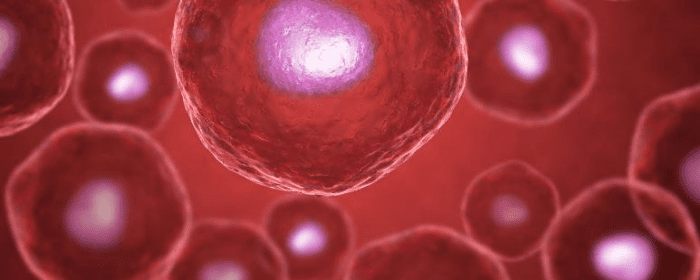
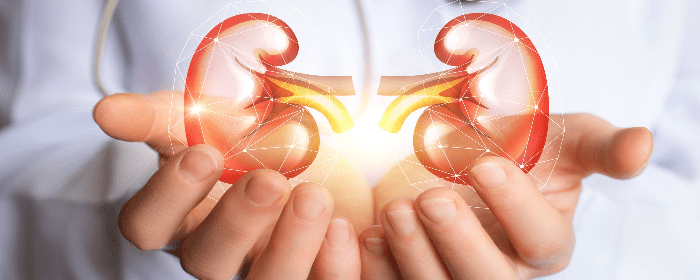
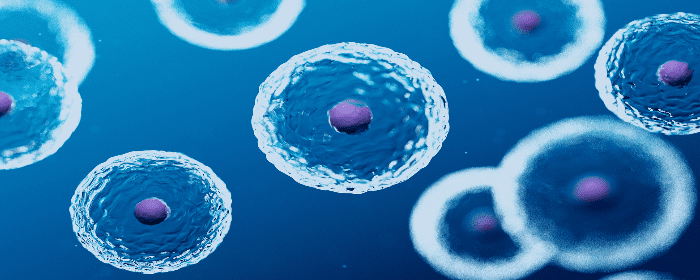

 St. Petersburg, Florida
St. Petersburg, Florida
